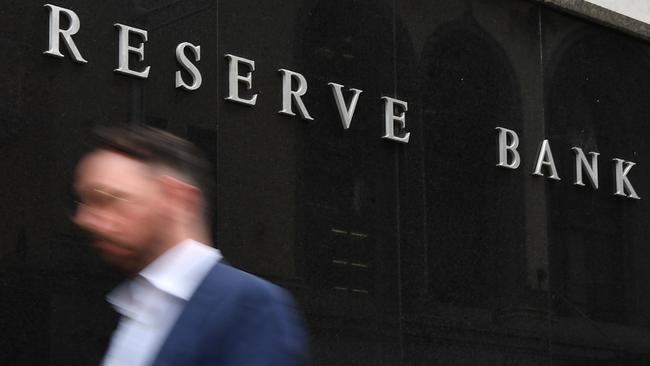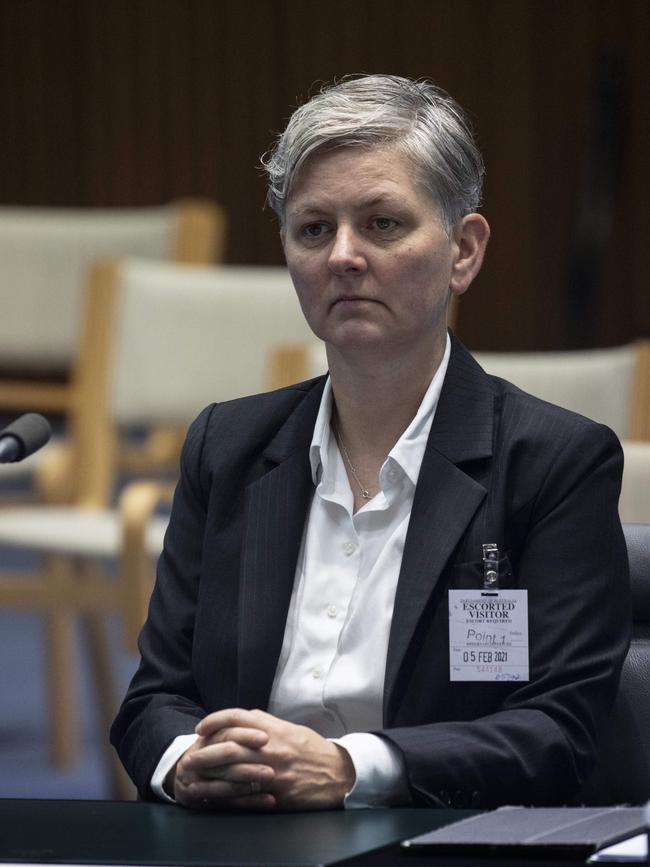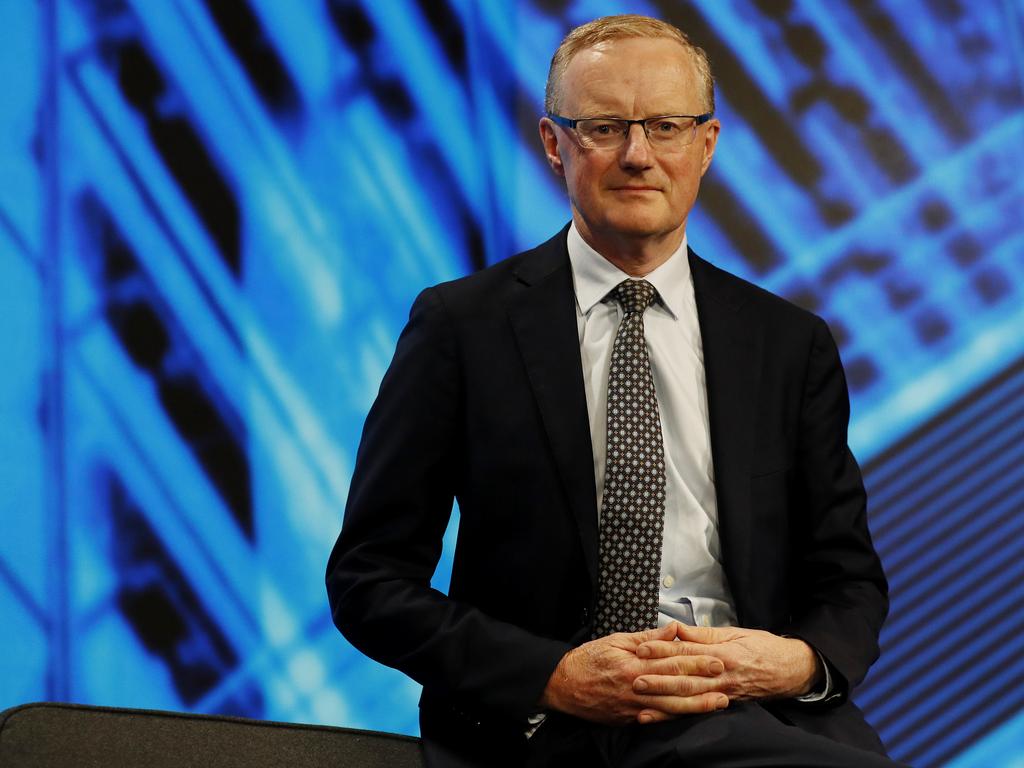Cash surge delivers negative interest rates but hike expectation builds
Global investors are paying for the privilege of lending their hard-earned cash to the Australian government.

Global investors are paying for the privilege of lending their hard-earned cash to the Australian government.
In many cases it’s more than they will get for such low-risk investments overseas.
For the second time this month, the results of the Australian Office of Financial Management’s Treasury note tenders saw $3bn worth of the roughly one-year securities auctioned at weighted average yields of less than zero.
The weighted average yield across three separate notes ranged between -0.004 per cent and -0.0015 per cent as investors rushed the issue.
On June 10th, the AOFM sold $1bn of September 2024 T-notes at an average yield of -0.00334 per cent – not the first time the yield had been negative on some T-notes at a tender, but the first tender where the average was negative and the first time the highest successful yield was zero, according to CBA.
CBA’s head of fixed income and currency strategy, Martin Whetton notes that for US investors looking at Australia, the US dollar swap arbitrage “turns rates into a positive number”.
And while the US Federal Open Market Committee’s decision last week to increase its interest rate on excess reserves by 5 basis points took some of the pressure out, it was “far from all of it”.
“Negative yields are meaningless unless seen in context,” he said. “US cash balances (at the Fed) are through the roof. They (US-domiciled investors) part with their US dollars and get negative yield, so they look at Australia where bills are above zero, they swap their US dollars for Australian dollars using forward foreign exchange and they get 12 basis points.
“Or the local banks want to park their $250bn of exchange settlement balances into something, or a local cash manager has to buy assets.”
With so much of the world still grappling with negative interest rates, a few basis points of risk-free positive return makes all the difference, it seems.
The move came as least seven private sector forecasters, including three of the major banks, now predict the Reserve Bank will hike its official cash rate sooner than its forecast that hikes are unlikely before “2024 at the earliest” after the knockout May labour force data released last week.

Citi, JPMorgan and TD Securities joined the rapidly growing ranks of private sector forecasters predicting that the RBA will start lifting interest rates sooner than 2024.
Citi Australia chief economist Josh Williamson now expects the first rate hike to come in the September quarter of 2024 after revising his forecasts for economic growth and unemployment.
He now expects 5.7 per cent economic growth in 2021 and 3.2 per cent in 2022, driven by higher business and dwelling investment, even though household consumption remains the “key driver”.
He also expects the unemployment rate to fall to 4.4 per cent this year from 5.1 per cent in May this year.
And while arguing that significant wage pressures or an inflation spiral are unlikely in the near term, he says improvements in domestic demand imply a pick-up in wages and inflation.
His forecasts imply the RBA will hit its inflation goals in mid-2023.
But dropping the “2024” forward guidance would be “too hawkish” at this point in the cycle, and likely to occur after the asset buying program ends, according to Mr Williamson.
The RBA’s chief forecaster, Luci Ellis, stressed that full employment is a “national priority”.
NAB’s view is that while there’s a chance of the RBA moving in late 2023 and markets should price in this risk, 2024 is still more likely because of the “high bar the RBA has given itself on wages growth being sustained at 3 per cent plus”.







To join the conversation, please log in. Don't have an account? Register
Join the conversation, you are commenting as Logout